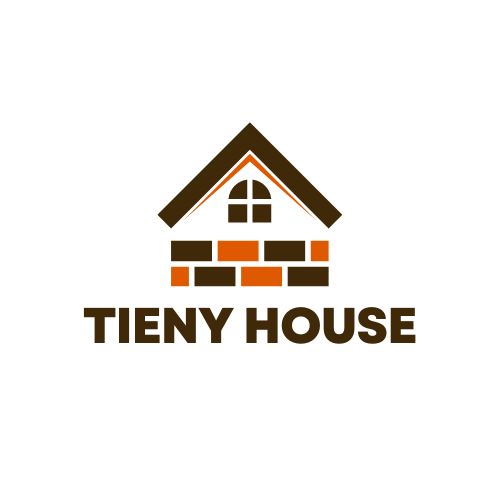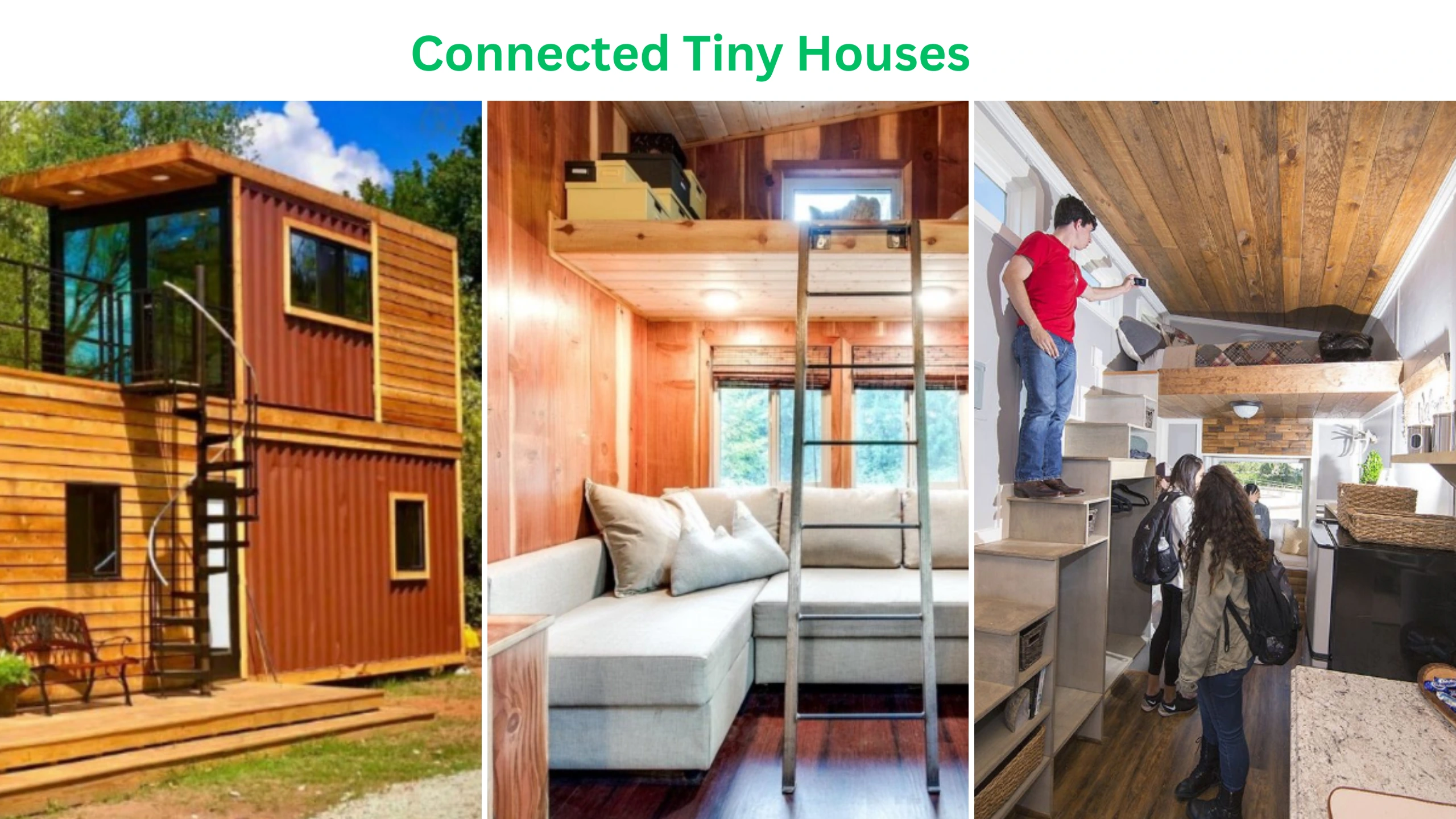Connected Tiny Houses offer innovative and sustainable living solutions. With various creative connections, these tiny homes redefine traditional living. Adjacently attached tiny houses ensure a smooth transition and energy efficiency.
Utilizing breezeways provides open spaces for relaxation and storage. Shared living rooms foster community bonding and multifunctional areas. Stair connections enable distinct living spaces with limited space requirements.
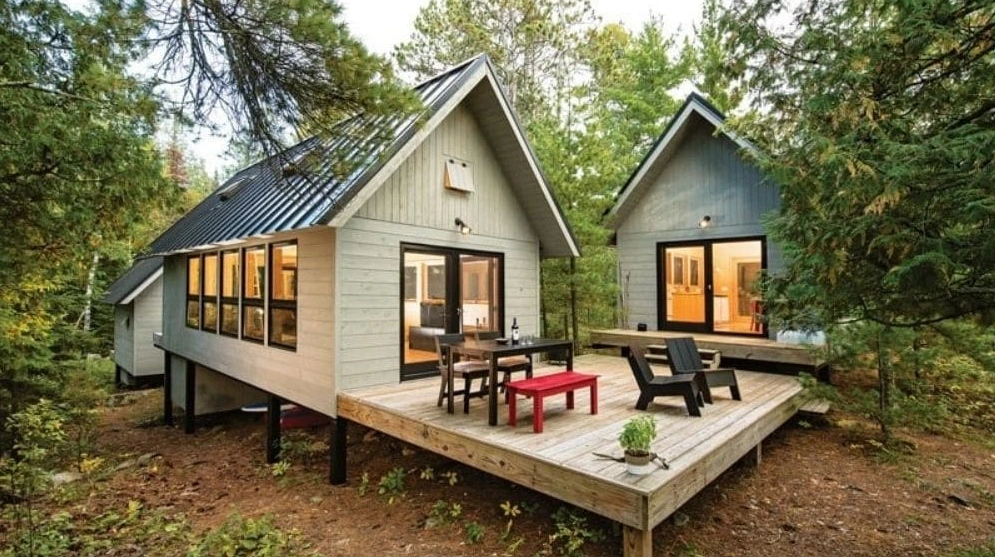
Connecting with decks or porches extends the living area outdoors, while skyways offer a unique treehouse like experience. Combining shipping containers creates spacious and eco friendly homes. Stacked tiny houses with rooftop decks maximize space and energy efficiency through the use of rooftop decks.
Incorporating sunrooms fills interiors with natural light. Embracing connected tiny houses means embracing sustainable, versatile, and harmonious living in a close knit community that values eco consciousness and creativity.
What are Connected Tiny Houses?
Connected tiny houses refer to a concept where multiple tiny homes are linked physically or digitally to form a cohesive living community. These innovative dwellings promote sustainable living and encourage shared resources among residents.
Various creative connections, such as adjacent structures, breezeways, shared living rooms, and skyways, facilitate seamless movement between homes and foster community. Embracing Minimalist Tiny Houses offers a unique and eco-friendly way of living, encouraging a minimalist lifestyle while fostering a strong camaraderie among neighbors.
The Rise of the Connected Tiny Houses
The proliferation of tiny dwellings connected to one another illustrates the growing movement toward eco friendly and community focused ways of living.
Residents of these forward thinking homes benefit from a greater feeling of community and are encouraged to pool their resources, both of which contribute to a lifestyle that is more environmentally and socially conscious.
1: Adjacent Tiny Homes
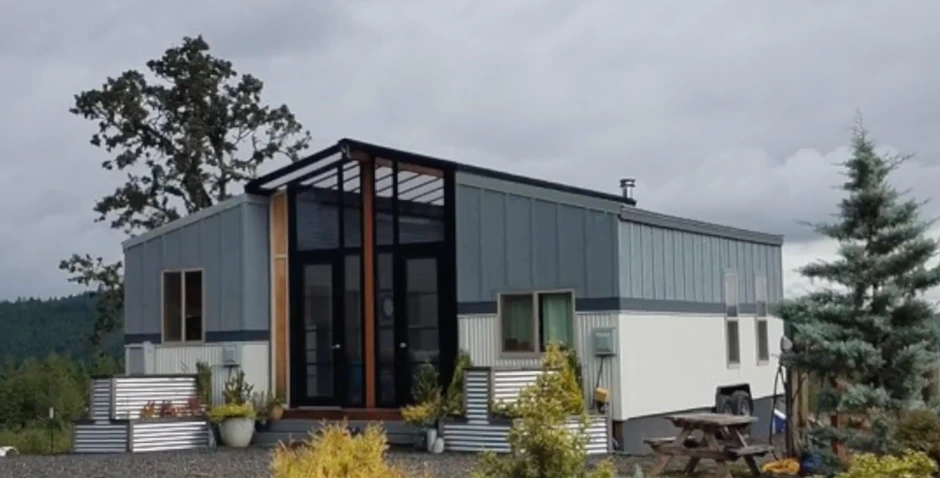
Adjacent tiny homes are connected by two or more tiny houses, creating a continuous living space with no gaps. This design ensures a seamless transition between dwellings and promotes better energy efficiency as heat loss is minimized.
Residents can easily move from one home to another without stepping outside, fostering a sense of community and convenience.
2: Breezeway Connection
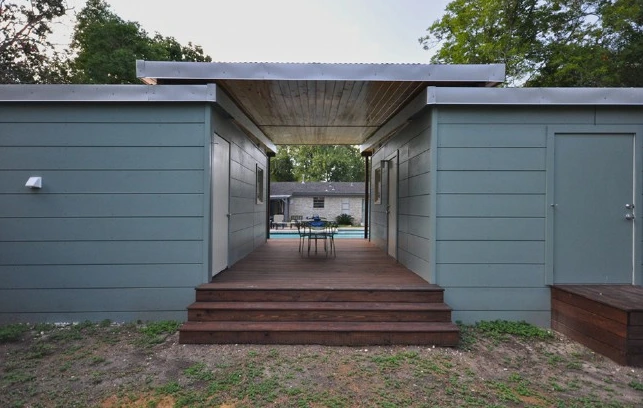
A breezeway is a special path. It’s covered and links tiny homes. It’s like a bridge between houses. More than two homes can be linked. It’s a space for walking and resting. It’s open and free. People living in houses can move easily. They can go from one house to another.
They don’t have to worry about rain or sun. You can store things there. You can also relax and have fun. The breezeway makes living better. It adds value to the houses. It makes them practical and charming. It’s good for the community.
3: Shared Living Room
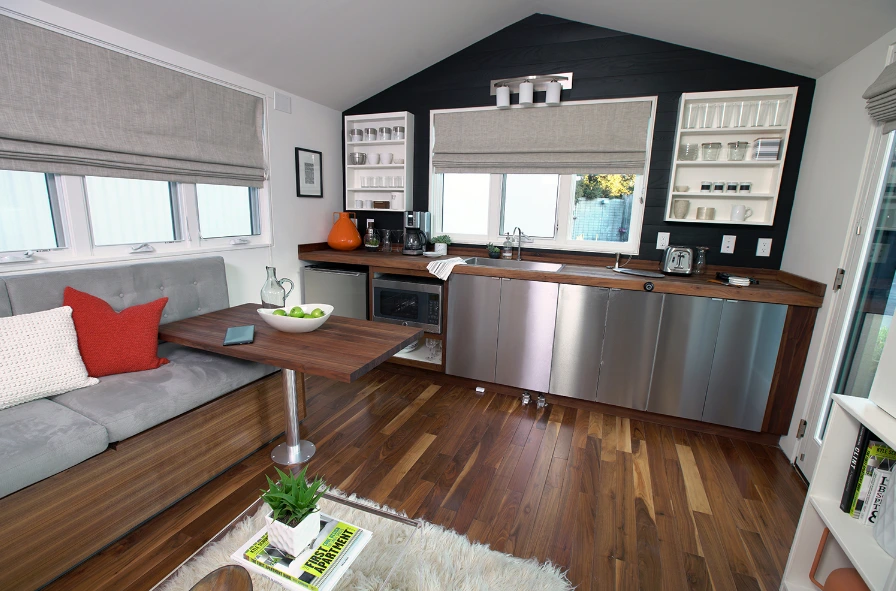
Tiny houses with a communal living room create a space for residents to interact with each other. This multifunctional area can be a gathering spot for social activities, games, or spending quality time together.
The shared living room fosters a warm and friendly atmosphere, encouraging bonds and creating lasting memories among neighbors.
4: Deck or Porch Linkage
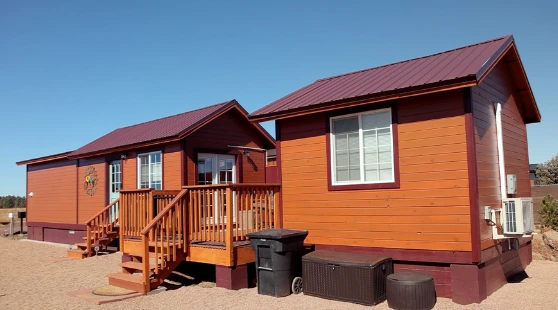
Connecting tiny houses through a deck or porch expands the living space beyond the confines of the indoors. This outdoor extension offers a delightful retreat for residents to relax and savour the weather. Whether basking in the sun or enjoying a cool breeze, the deck or porch connection provides a serene environment for unwinding.
This connection style presents the advantage of extra storage space, catering to practical needs and making it an attractive choice for those seeking a seamless indoor and outdoor living blend.
5: Stair Connection
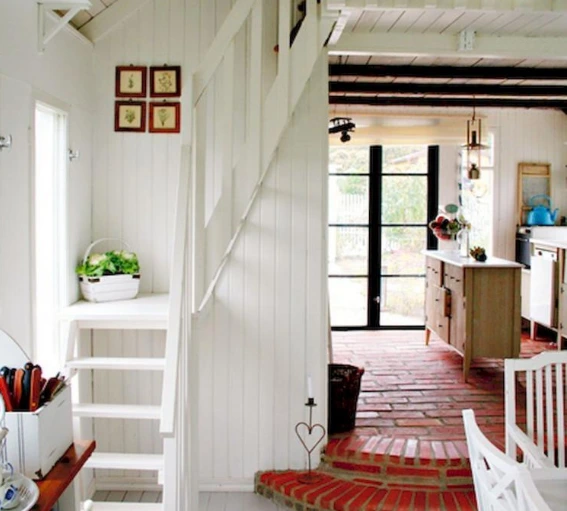
Connecting tiny homes with stairs allows for easy movement between separate living spaces. This option works well when residents desire distinct areas for privacy or when space is limited on the property.
Stairs provide a smart and practical solution to optimize the use of tiny houses while maintaining their individuality and stylish appeal.
6: Skyway Connection
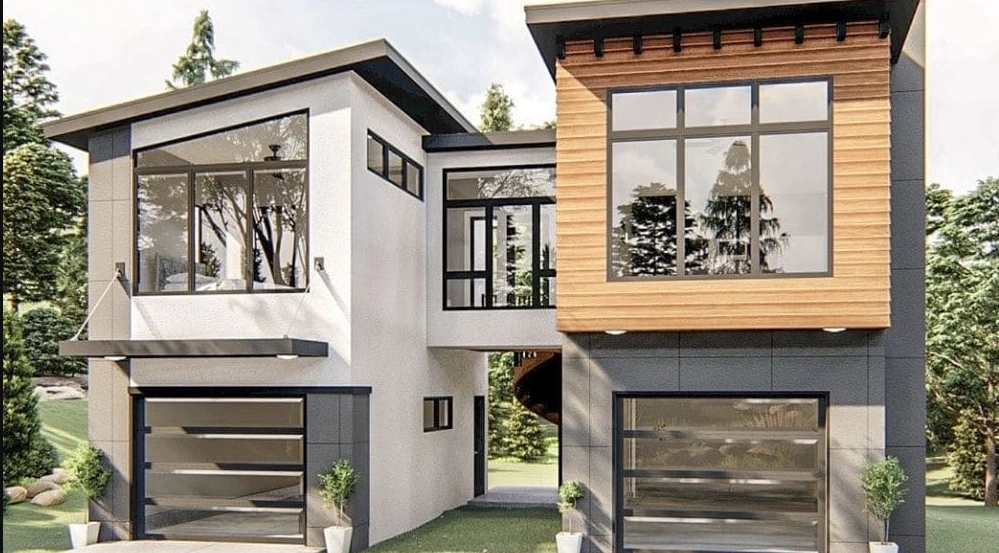
A skyway is an elevated pathway connecting two tiny homes, often accompanied by an industrial spiral staircase. This unique connection introduces an indoor outdoor living experience, allowing residents to relish the fresh air and breathtaking views.
In changing weather, the skyway ensures a quick retreat indoors, offering convenience and flexibility. The fusion of the skyway and spiral staircase adds a contemporary and adventurous touch to tiny house living, presenting residents with a distinctive and captivating way to navigate between homes.
7: Shipping Container Combination
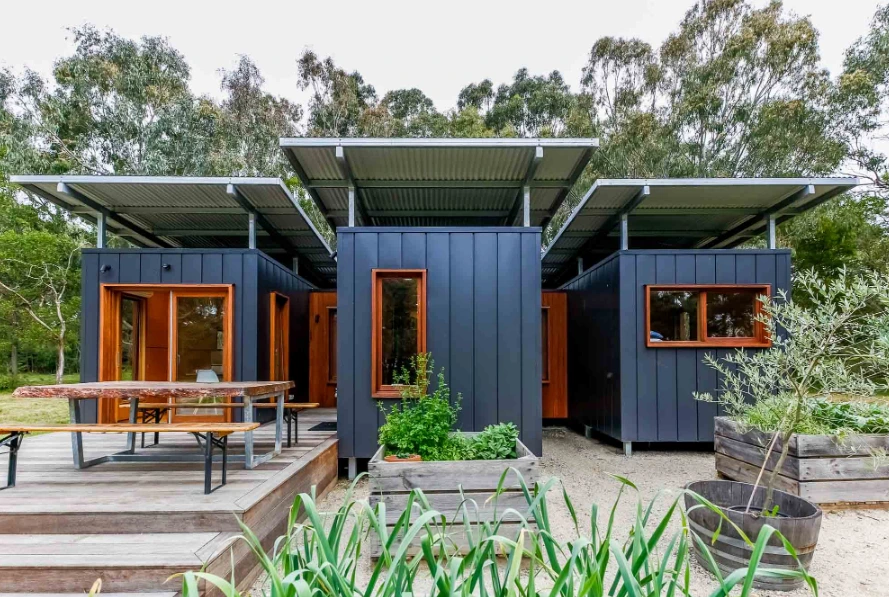
Combining two or more shipping containers creates spacious and stylish Shipping Container Houses with all the comforts of a traditional house. While it may require creativity in designing the layout, the result is worth it.
The combination offers twice the space and various benefits, such as cost savings on utilities and reduced environmental impact.
8: Ramp Connection
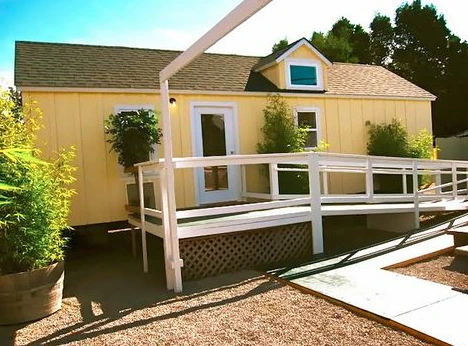
The ramp connection in tiny homes ensures seamless accessibility for everyone, especially individuals with mobility challenges. Aside from providing easy passage, the ramp serves a dual purpose by creating additional storage space and maximizing functionality within the community.
This smart and functional choice enhances the overall living experience for residents of all abilities, fostering inclusivity and convenience. The ramp connected tiny houses exemplify thoughtful design and consideration for the diverse needs of occupants, creating a more accommodating and accessible living environment for everyone.
9: Stacked Homes
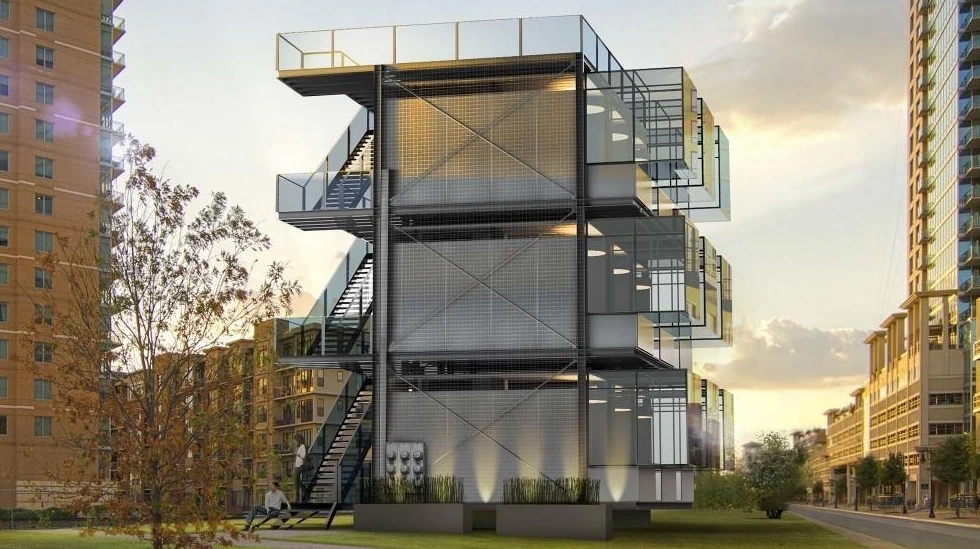
Stacked homes are an architectural concept where tiny houses are built on top of each other, offering distinct styles on each floor. They often feature stunning rooftop decks, providing ample outdoor living space. This space can serve as a foyer, living room, or shared kitchen, maximizing the interior layout.
Stacked homes are energy efficient, requiring less heating and cooling. This option is ideal for those seeking unique designs or making the most of limited land space.
10: Sunroom Integration
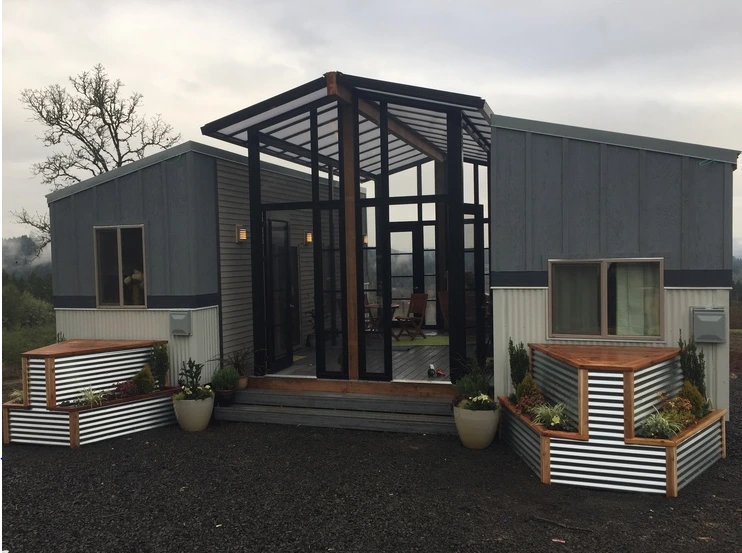
Incorporating a bright and sunny space between tiny homes creates a warm and inviting atmosphere. The sunroom allows abundant natural light to fill the interior, making the living space more appealing.
This concept adds value to the home and provides a cheerful spot for residents to relax and relish. With a seamless connection to the outdoors, the sunroom becomes a delightful sanctuary to enjoy the changing seasons and bask in the beauty of nature.
11: Garden Walkway Connection
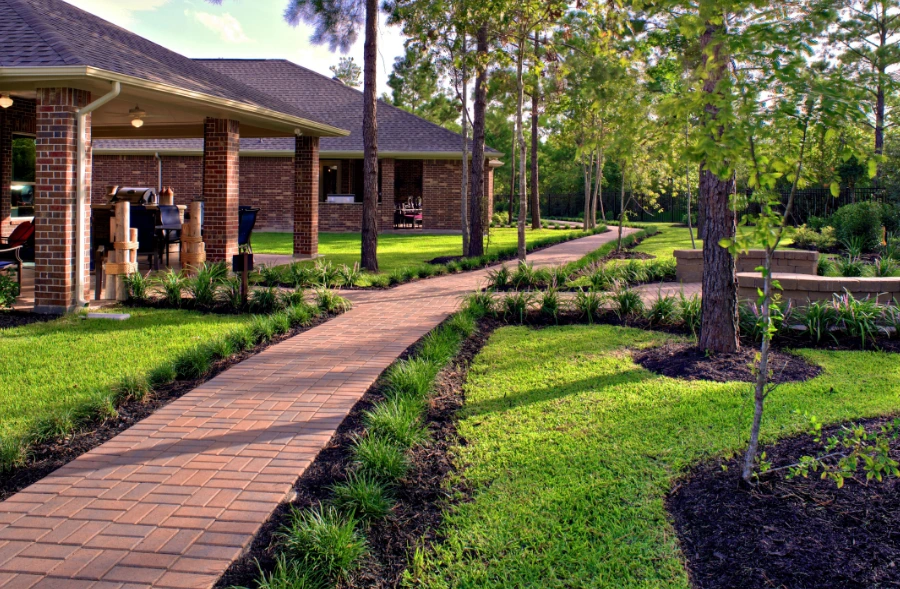
A garden walkway connects tiny homes with a pathway adorned with lush greenery, creating a tranquil and picturesque ambiance. It fosters a strong connection with nature, promoting a sense of calm and serenity within the community.
The garden walkway enhances the overall beauty of the neighbourhood, offering a peaceful environment for residents to take strolls and immerse themselves in the splendour of nature.
12: Underground Tunnel Connection
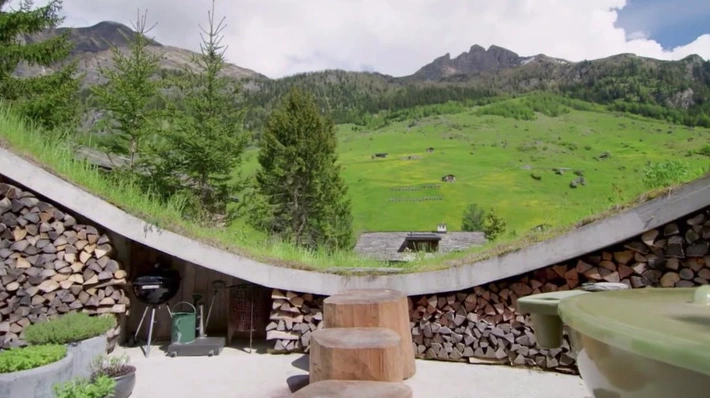
An underground tunnel links tiny houses, offering an extraordinary and unconventional living experience. This concept adds an element of intrigue and adventure to the community as residents travel through the hidden passage.
Apart from its unique appeal, the underground tunnel ensures privacy and exclusivity for those seeking a discreet and intimate living arrangement.
13: Bridge Connection
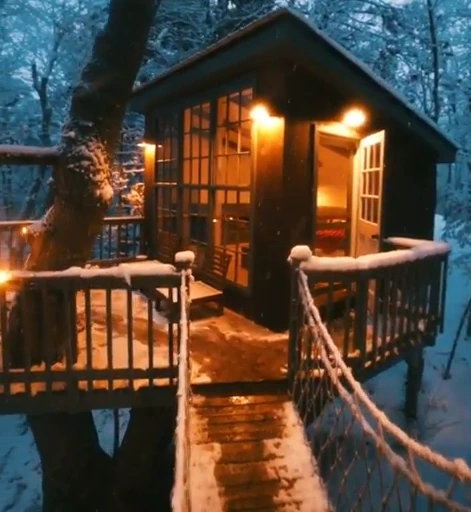
A robust bridge connecting tiny homes facilitates functional passage and bestows architectural grace upon the community. It becomes a focal point, showcasing innovative design and elevating the neighborhood’s aesthetics.
Residents can enjoy crossing the bridge while appreciating the beauty of their surroundings, creating a sense of pride and elegance in the heart of their tiny house community.
14: Courtyard Connection
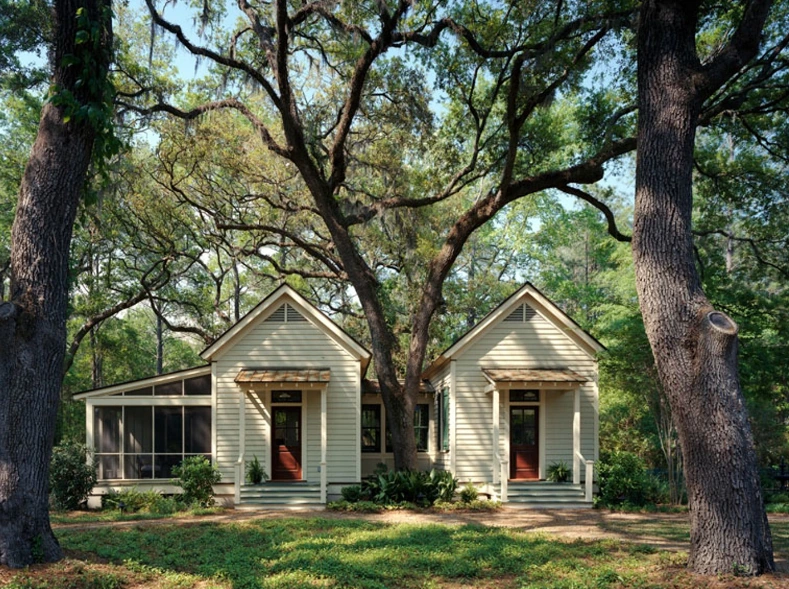
The courtyard connection unites multiple tiny homes, nurturing a close knit community and providing shared outdoor space. It is a focal point, bringing residents together to socialize, host gatherings, and form meaningful bonds.
The courtyard becomes the beating heart of the neighbourhoods, where laughter and camaraderie flourish. This cherished space cultivates an environment where residents create lasting memories, strengthening their sense of belonging and fostering a strong sense of togetherness within the community.
The courtyard connection embodies the essence of community living and promotes a rich and fulfilling communal experience.
15: Treehouse Walkway Connection
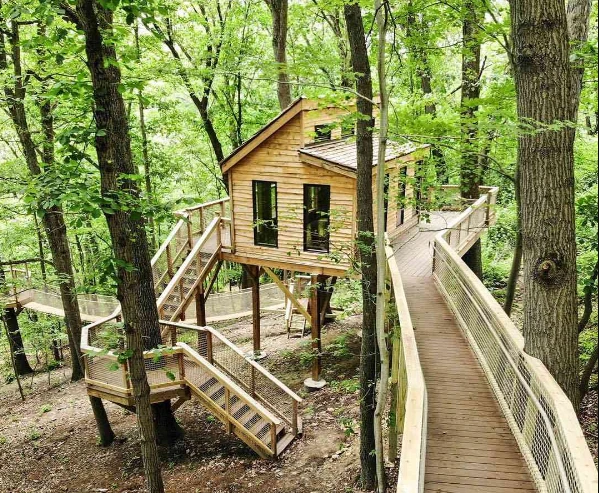
An elevated walkway between whimsical tiny houses, resembling a treehouse, offers a truly enchanting and nature-inspired living experience. The unique connection adds charm and cultivates a profound connection with nature.
Residents feel connected to the trees and the landscape, embracing a sense of wonder and magic in their tiny house living. This one of a kind walkway provides an exceptional living experience that intertwines with the beauty of the natural world.
Conclusion
Connected tiny houses are not just dwellings; they represent a movement towards sustainable and community oriented living. The various creative connections explored in this article showcase the ingenuity and adaptability of tiny house living.
From adjacent structures to breezeways, shared spaces, and unique skyways, each connection fosters a sense of togetherness and a deeper connection with nature. These inventive ideas help us live simpler, more eco friendly lives and make memories with loved ones.
One tiny home at a time, networked tiny houses will influence sustainable living. Explore a wide range of tiny houses for sale or rent on tiny house listings, offering options for every taste and budget.
Frequently Asked Questions
Are Connected Tiny Houses Suitable for Families with Children?
Connected tiny houses can be adapted to accommodate families, but careful planning and space management are essential to ensure comfort and functionality.
How Do Connected Tiny Houses Handle Waste Disposal?
Many connected tiny house communities implement eco friendly waste disposal systems, such as composting toilets and recycling facilities.
What are the Costs Associated with Living in a Connected Tiny House Community?
The costs vary depending on the location and amenities offered, but living in a connected tiny house community is generally more affordable than traditional housing.
